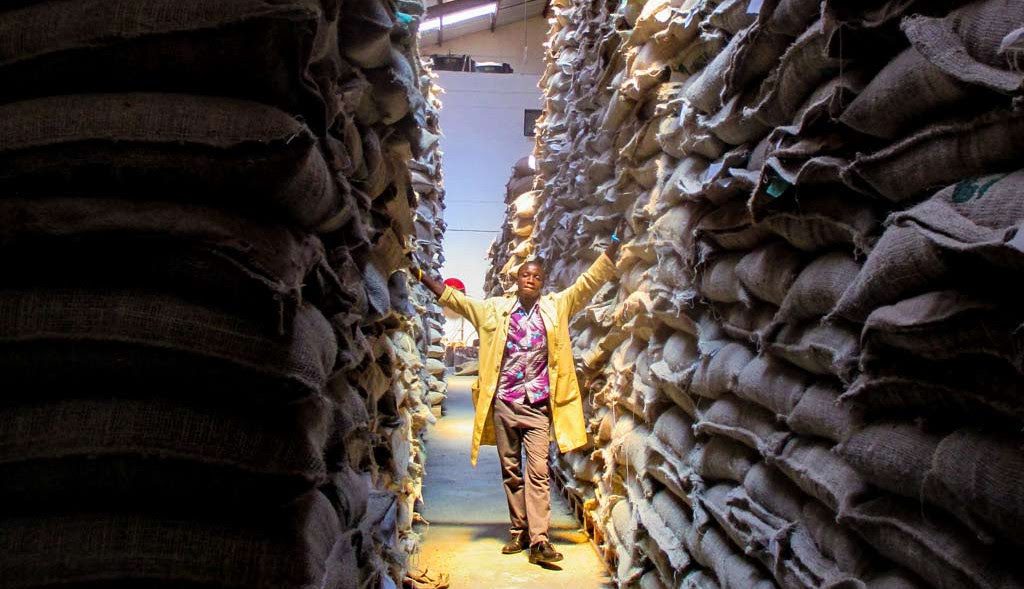Auctioning is perhaps one of the most convoluted and least efficient ways to complete a coffee transaction. It also happens to be one of the very first means used for trading green coffee.
It persists today as the primary method for purchasing coffees from nations such as Kenya and Tanzania, and it maintains an important role in the promotion of high-quality microlots. It can also, in best case scenarios, function as a method of discovery for roasters and producers, a means toward closer relationships through the supply chain.
Recently I took a dive into the changes in policy in Tanzania that have reshaped the cooperatives and auctions in that country. Here, I’d like to take a close look at one of the most well-known national auctions and affiliated cooperative systems in Kenya. How Bidding Started
Coffee was introduced to Kenya by the British colonizers from Ile Réunion as early as 1893, but it wasn’t until the 1930s that the indigenous people were empowered to grow coffee on their own lands. Prior to 1934, most coffee plantations owned by the British were forced labor camps where Kenyans worked as slaves.
Advances in the 1930s included the establishment of the Coffee Board of Kenya in 1931, and the first auction in 1935. In 1944, cooperatives were institutionalized, requiring smallholder (5 acres or less) participation, a move that weakened their standing, as the Coffee Board’s members were mostly estate owners. Photo courtesy of Royal Coffee Inc. However, in 1963, Kenya gained its independence from England, and plantation land was nationalized and redistributed. Cooperatives were empowered and nearly $4 million was provided in loans for the expansion of processing capacity and building new washing stations (called factories in Kenya). While many of these loans unfortunately resulted in indebted groups, cooperatives and cooperative unions that persisted remain an important part of the coffee supply chain in Kenya to this day, first surpassing estate production volume in 1978. Today, approximately 75 percent of Kenya’s coffee lands are farmed by smallholders, but they account for only about half of its annual 50,000 metric ton production volume .
The Kenyan government recognized the importance of the nation’s agricultural sector and put a priority on economic growth through export. In the same year as its independence, Kenya mandated weekly coffee auctions as the vehicle to achieve these goals.
